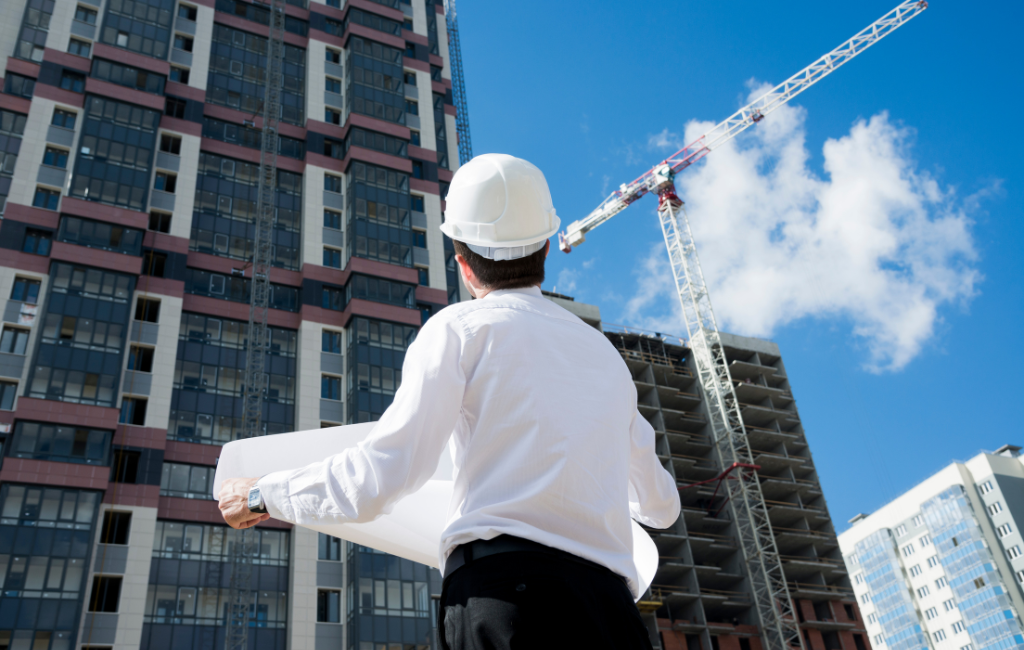Architect Innovations

Architect Innovations: Shaping the Future of Living Spaces
In recent years, the field of architecture has witnessed groundbreaking innovations that are transforming the way we live. These advancements are not only enhancing the aesthetic appeal of living spaces but are also addressing pressing issues such as sustainability, urbanization, and the need for adaptable environments. This article explores some of the most significant architectural innovations that are shaping the future of living spaces.
Smart Homes: Integrating Technology into Living Spaces
Smart homes are at the forefront of architectural innovation. By integrating advanced technology, these homes offer enhanced convenience, security, and energy efficiency. Key features of smart homes include:
- Automated lighting and climate control systems
- Voice-activated assistants
- Smart security systems with real-time monitoring
- Energy-efficient appliances
For instance, the use of smart thermostats can reduce energy consumption by up to 10%, according to a study by the American Council for an Energy-Efficient Economy (ACEEE). This not only lowers utility bills but also contributes to environmental conservation.
Sustainable Architecture: Building for the Future
Sustainability is a key focus in modern architecture. Architects are increasingly adopting eco-friendly materials and practices to minimize the environmental impact of buildings. Some notable sustainable architectural practices include:
- Using recycled and locally sourced materials
- Incorporating green roofs and walls
- Designing buildings with natural ventilation and lighting
- Implementing rainwater harvesting systems
A prime example of sustainable architecture is the Bullitt Center in Seattle, often referred to as the “greenest commercial building in the world.” It features solar panels, a rainwater collection system, and composting toilets, making it a net-zero energy building.
Modular Construction: Flexibility and Efficiency
Modular construction is revolutionizing the building industry by offering flexibility and efficiency. This method involves constructing sections of a building off-site in a controlled environment and then assembling them on-site. Benefits of modular construction include:
- Reduced construction time
- Lower labor costs
- Minimized waste
- Enhanced quality control
An example of modular construction is the CitizenM Hotel in New York, which was built using prefabricated modules. This approach reduced construction time by 40% and significantly lowered costs.
Adaptive Reuse: Transforming Existing Structures
Adaptive reuse involves repurposing old buildings for new uses, preserving historical architecture while meeting modern needs. This practice not only conserves resources but also revitalizes communities. Examples of adaptive reuse include:
- Converting warehouses into residential lofts
- Transforming factories into office spaces
- Repurposing churches into community centers
The High Line in New York City is a notable case of adaptive reuse. This elevated railway track was transformed into a public park, providing green space and boosting local real estate values.
Biophilic Design: Connecting with Nature
Biophilic design emphasizes the connection between humans and nature, incorporating natural elements into built environments. This approach has been shown to improve well-being and productivity. Key elements of biophilic design include:
- Natural light and ventilation
- Indoor plants and green walls
- Water features
- Natural materials like wood and stone
The Amazon Spheres in Seattle exemplify biophilic design. These glass domes house over 40,000 plants, creating a unique workspace that fosters creativity and reduces stress.
3D Printing: Revolutionizing Construction
3D printing technology is making waves in the construction industry by enabling the creation of complex structures with precision and speed. Benefits of 3D printing in architecture include:
- Reduced material waste
- Lower construction costs
- Faster project completion
- Customization of designs
An example of 3D printing in architecture is the Apis Cor house in Russia, which was built in just 24 hours. This innovative approach demonstrates the potential for rapid, cost-effective construction.
Vertical Gardens: Urban Green Spaces
Vertical gardens, or green walls, are becoming increasingly popular in urban areas. These gardens provide numerous benefits, including:
- Improved air quality
- Reduced urban heat island effect
- Enhanced aesthetic appeal
- Increased biodiversity
The Bosco Verticale in Milan is a striking example of vertical gardens. These residential towers feature over 900 trees and 20,000 plants, creating a lush, green environment in the heart of the city.
Conclusion
Architectural innovations are reshaping the future of living spaces, making them more sustainable, efficient, and connected to nature. From smart homes and sustainable architecture to modular construction and biophilic design, these advancements are addressing the challenges of modern living while enhancing our quality of life. As technology continues to evolve, we can expect even more exciting developments in the field of architecture, paving the way for a brighter, more sustainable future.